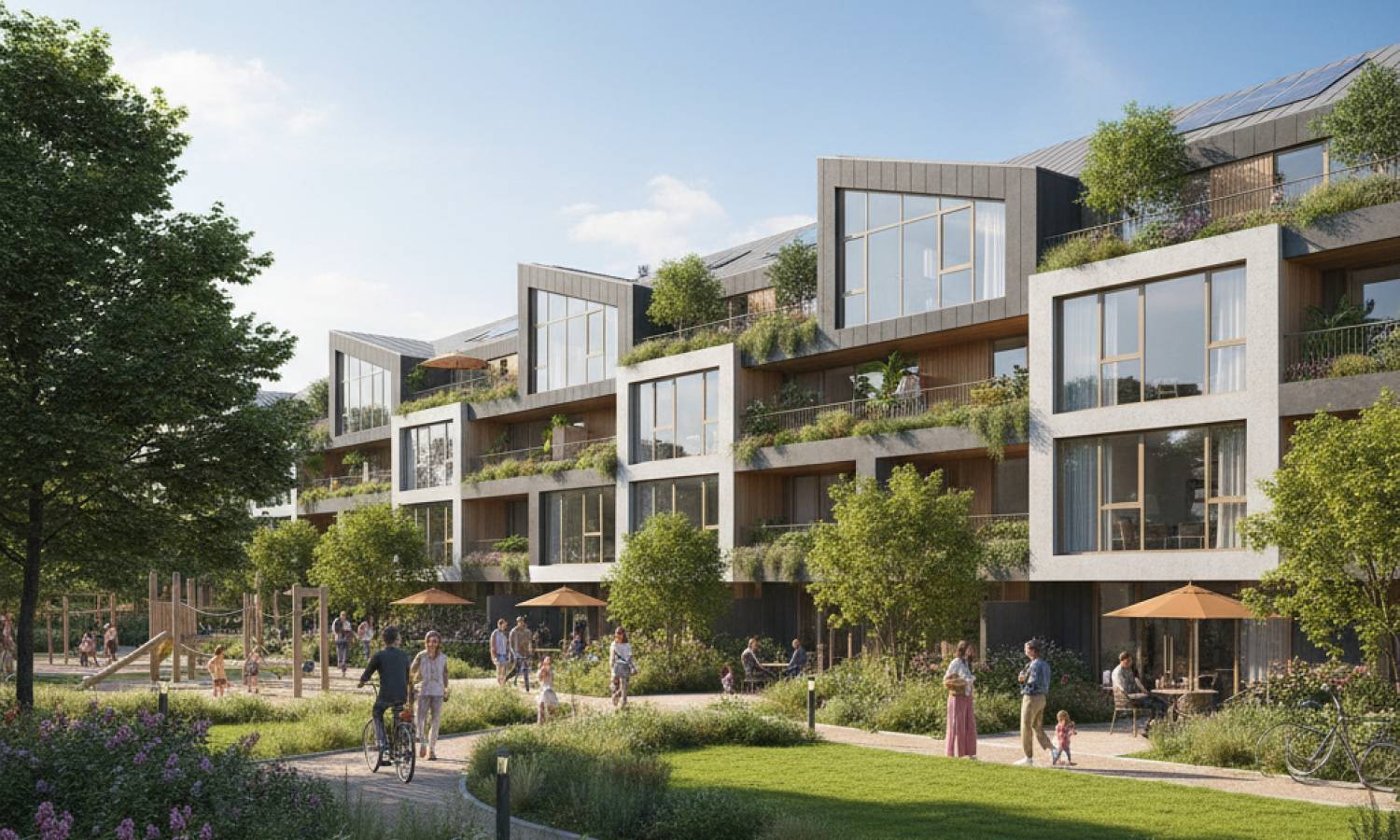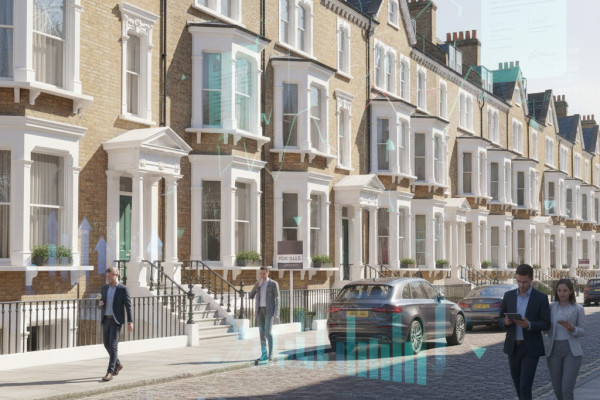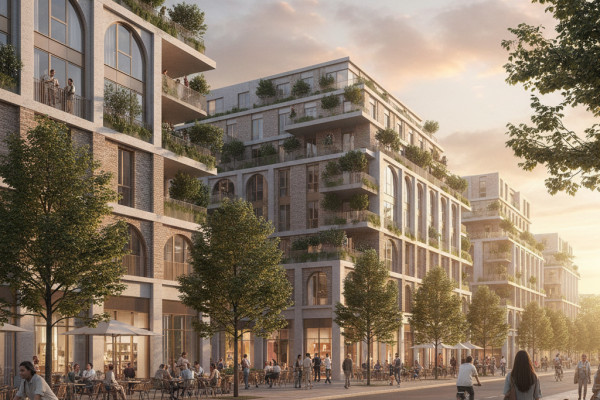
The Planning Bill Shake-Up: What It Means for New Homebuyers
Last-minute changes to the Planning and Infrastructure Bill have set the property scene abuzz—and not just because of their ambition. The government insists these tweaks will turbocharge the construction of 1.5 million homes, push the UK towards clean energy targets by 2030, and spark economic growth. But hold on, this isn’t sitting well with everyone.
The Campaign to Protect Rural England (CPRE) is waving a red flag, calling the amendments a “dangerous erosion of democracy.” Their gripe? The planning system, already criticised for favouring big developers, could get even more skewed—marginalising communities in favour of rapid development. The bill's timing and the nature of these changes leave many wondering if democratic processes were sidelined for speed and political goals.
But what’s really behind all this? The UK’s housing market is a beast clawing for reform. Sky-high prices, shortage of quality supply, and a planning framework often described as 'broken' have left buyers frustrated. The government’s strategy here seems to be to unshackle the development sector, hoping more homes—and importantly, energy-efficient ones—get built faster.
Don’t expect a magic wand, though. The push for 1.5 million new homes is ambitious and necessary, but the devil is in the detail. Without a proper balance between green concerns, community input, and developer interests, there’s a risk of undermining the very places people call home. And let’s not forget, energy efficiency is a tough nut to crack, especially after recent reports about insulation failures.
By accelerating the bill through last-minute amendments, the government throws down a gauntlet to planners and policymakers: adapt quickly or face missing housing and energy targets. This could reshape the way neighbourhoods evolve and how easily buyers can find new builds that truly meet modern standards.
Practical Takeaways for Buyers:
- Watch planning changes closely. These amendments could fast-track developments, meaning new build opportunities might pop up in places previously held back by red tape.
- Demand transparency. If community voices are being sidelined, buyers should push for developments that genuinely consider local needs—not just volume.
- Prioritise energy efficiency credentials. With the government’s green ambitions front and centre, look for homes with clear, reliable sustainability features.
- Don’t get swept up blindly. Rapid change can unsettle markets—take your time to assess neighbourhood impacts and builder reputations.
The planning system’s overhaul could be a game-changer or a cautionary tale. Buyers wanting a slice of the new build market need their eyes wide open. Fast progress is exciting, but building homes that respect both the environment and local people’s voices will be the real victory.




